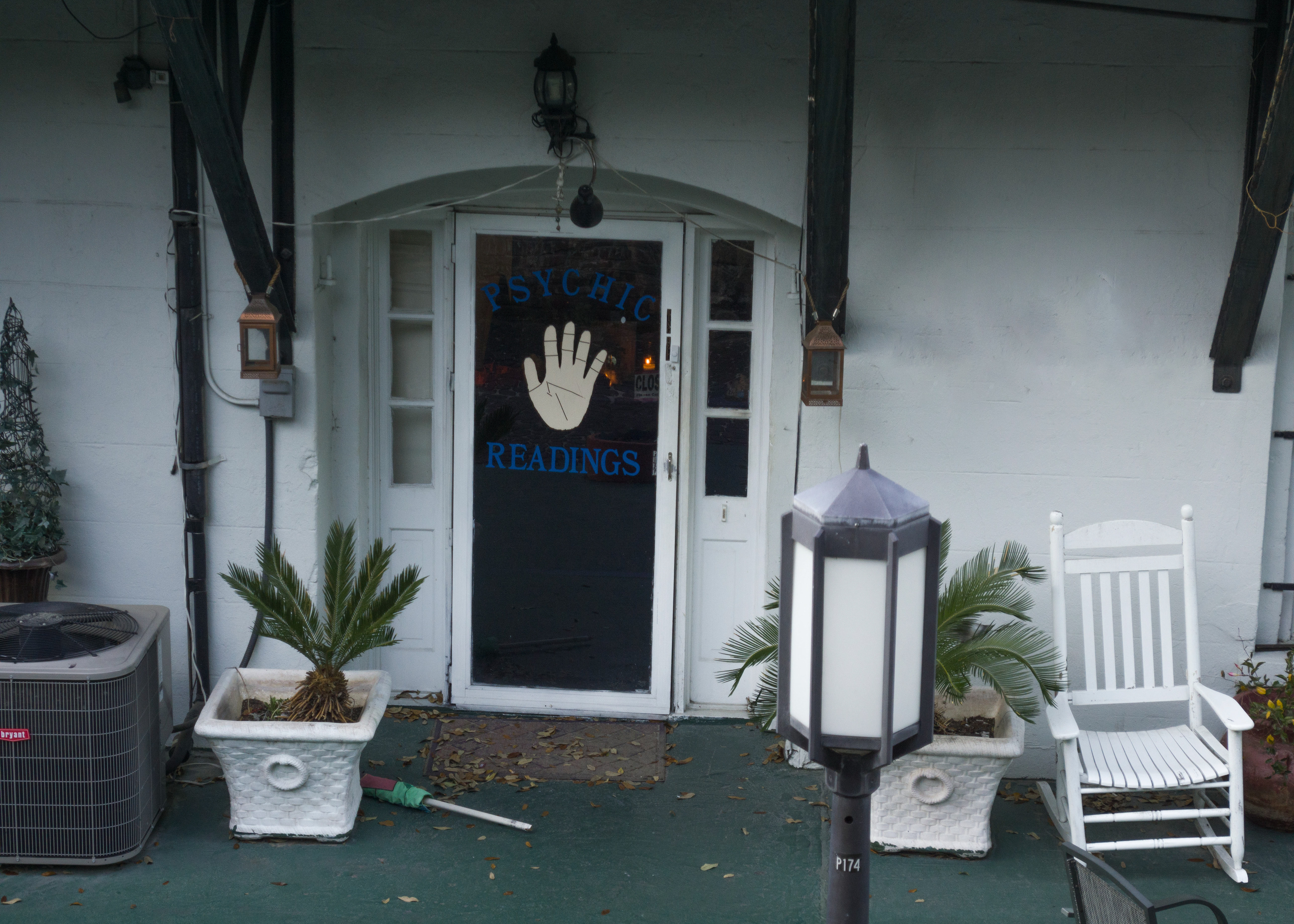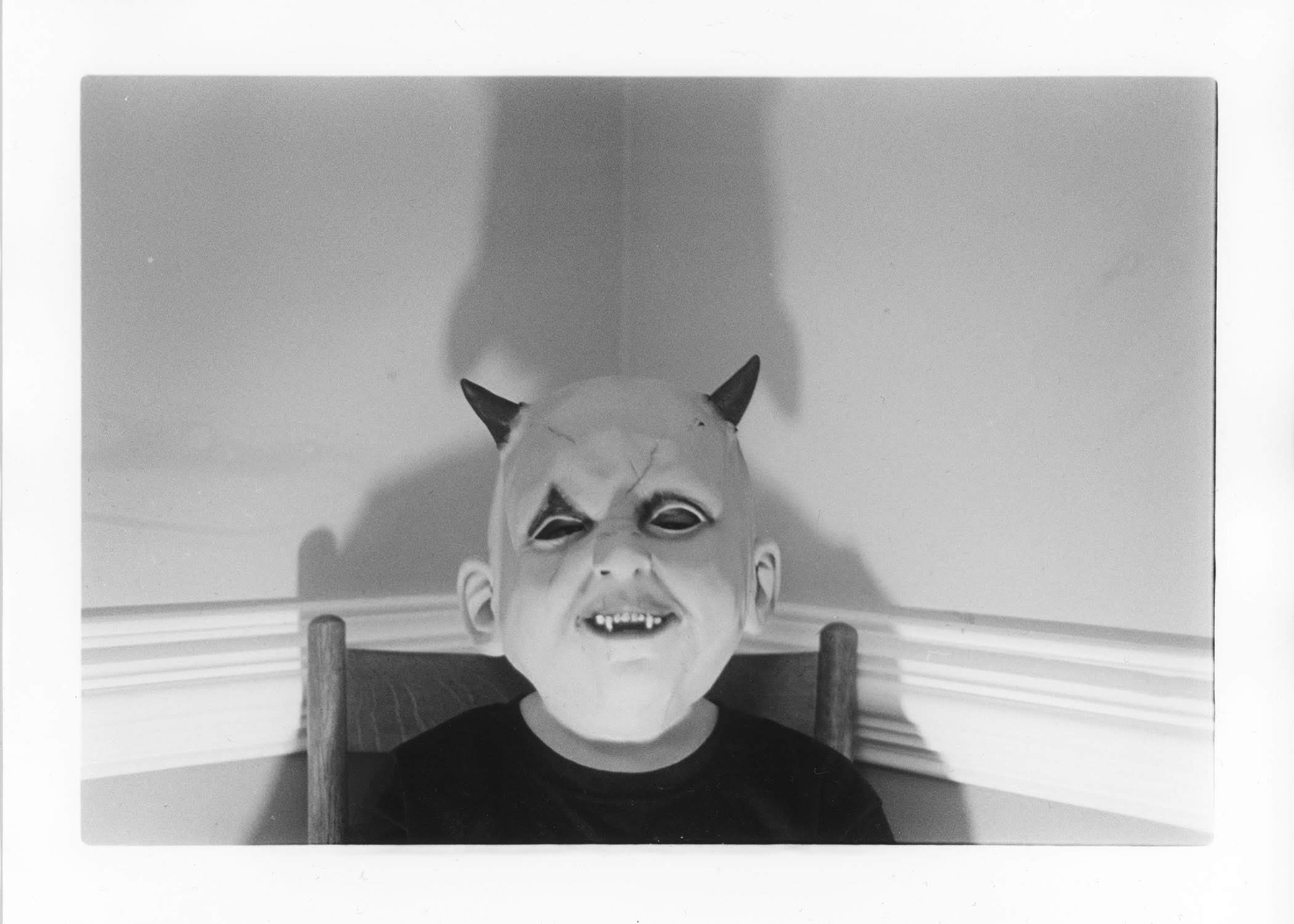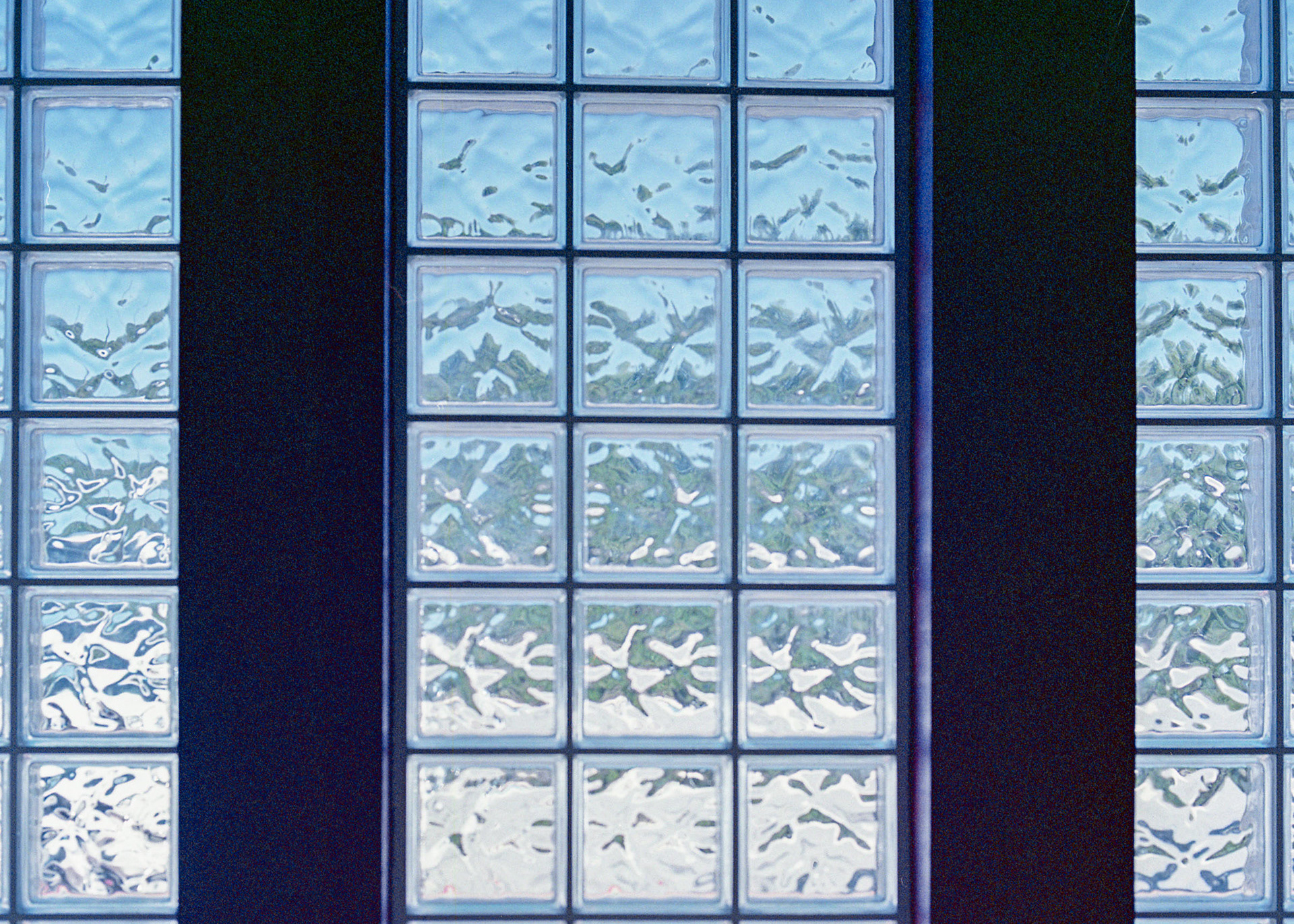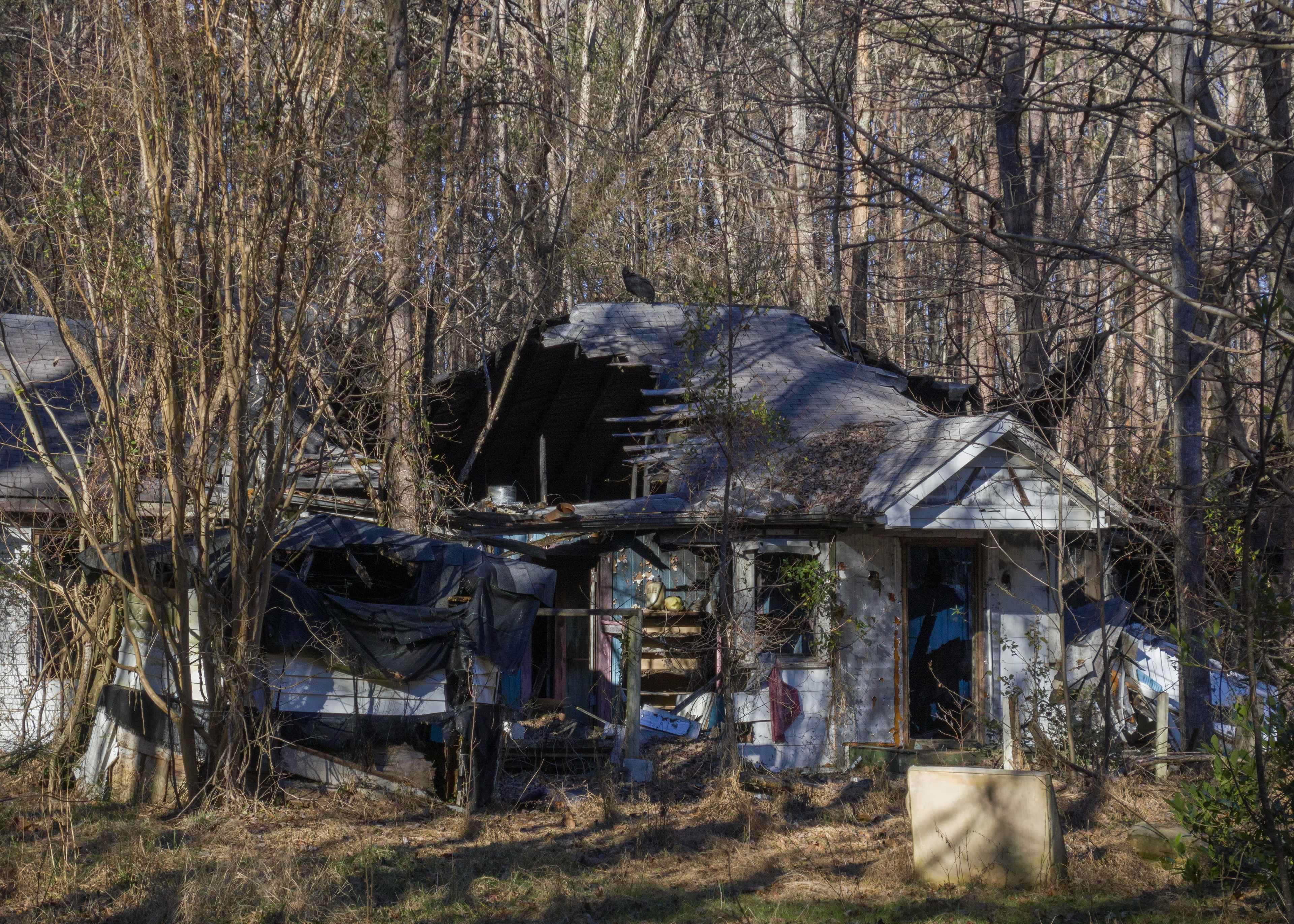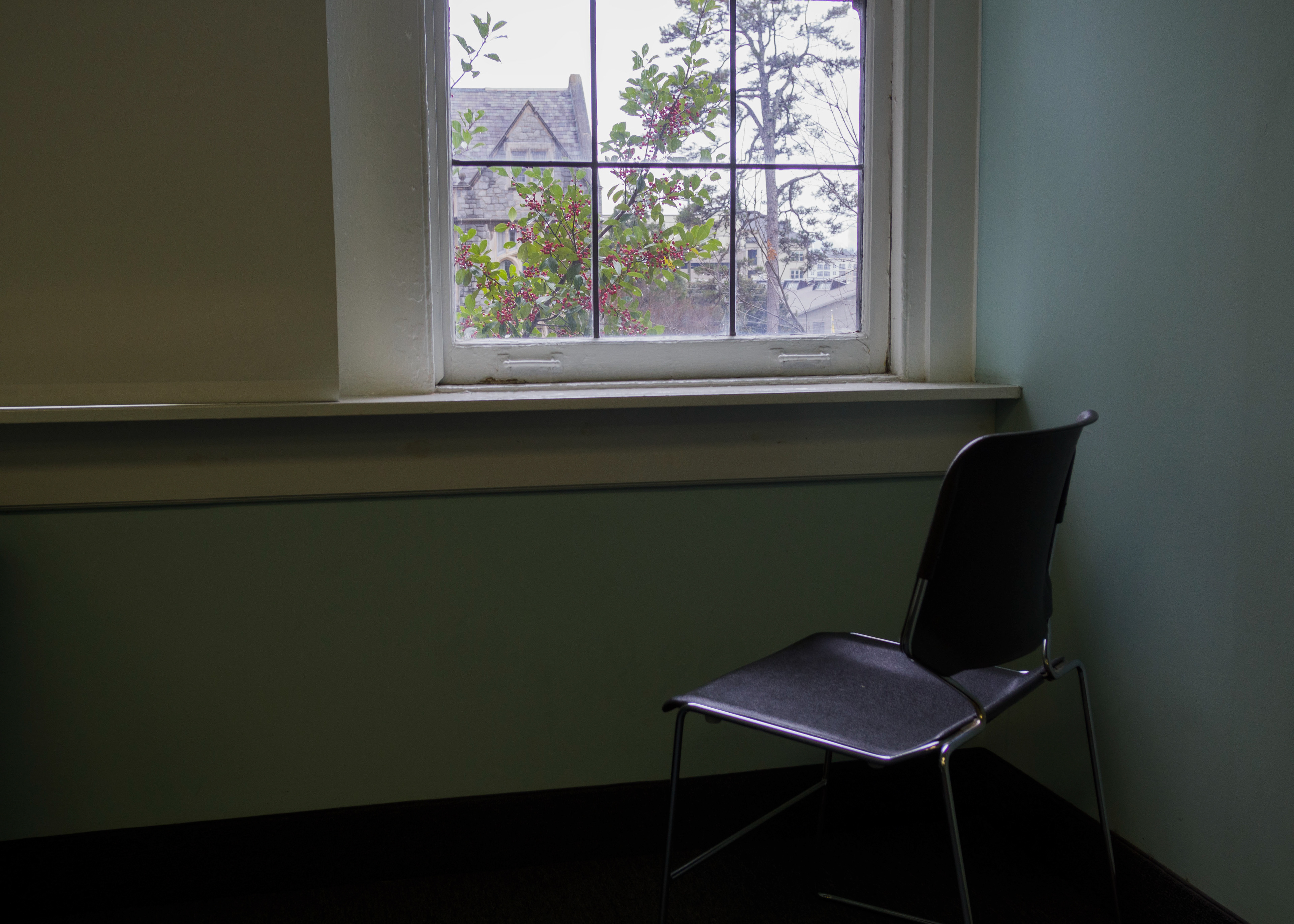This series displays several images involving what is left behind after death. Because each grave site is planned while its respective owner is still alive, they often reflect how the individual wanted to be remembered after they are gone. The gravestones are then seen by family and strangers who visit them at their final resting place. In all instances, the world continues to grow and develop after we are gone, and today’s reality can be dramatically different from the lives of those who came before. The line between the living and the dead is separated only through time, yet some would argue the dead are never truly gone until they are forgotten. It is with this idea that photography can play a powerful role. This series documents and preserves the way in which the deceased continue to be remembered, as well as showcase how the world has changed around their resting place. This is achieved by paying attention to the way in which time has changed the headstones, either by erosion of the inscribed text or physical characteristics such as body language and placement. While the majority of the series is portrayed through black and white film, a potion of the images are shown in full color to better accommodate the distinction of memorials. In some cases, these memorials were built as a form of restorative justice for those who were wronged during their lifetime. The use of color is used to visually represent the more modern effort to remember these victims and honor them in a more appropriate way.


